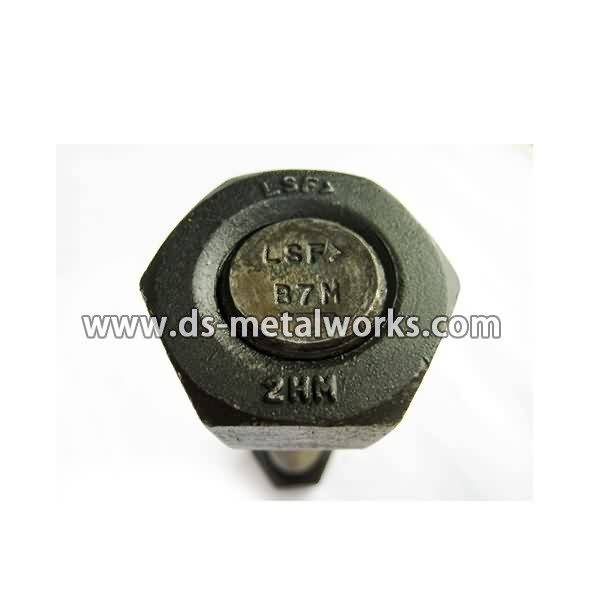Hot Selling for DIN934, ISO4032, ISO4033, BS 3692, BS4190 Metric Hex Nuts to Italy Factory
Short Description:
Metric Size Steel Hexagon Nuts Dimension Standard: DIN934, ISO4032, ISO4033, BS 3692, BS4190,ASME B18.2.4.1M, ASME B18.2.4.2M, etc Metric Size: M5-M100 Class: ISO 898-2 class 4, 5, 6, 8, 10, 12. Various material grade are available. Finish: Plain, Black Oxide, Zinc Plated, Hot Dipped Galvanized, etc. Packing: Bulk about 25 kgs each carton, 36 cartons each pallet Advantage: High Quality, Competitive Price, Timely Delivery, Technical Support, Supply Test Reports Please feel free to contact us f...
Product Detail
Product Tags
Hot Selling for DIN934, ISO4032, ISO4033, BS 3692, BS4190 Metric Hex Nuts to Italy Factory Detail:
Metric Size Steel Hexagon Nuts
Dimension Standard: DIN934, ISO4032, ISO4033, BS 3692, BS4190,ASME B18.2.4.1M, ASME B18.2.4.2M, etc
Metric Size: M5-M100
Class: ISO 898-2 class 4, 5, 6, 8, 10, 12. Various material grade are available.
Finish: Plain, Black Oxide, Zinc Plated, Hot Dipped Galvanized, etc.
Packing: Bulk about 25 kgs each carton, 36 cartons each pallet
Advantage: High Quality, Competitive Price, Timely Delivery,
Technical Support, Supply Test Reports
Please feel free to contact us for more details.
Product detail pictures:

The corporation keeps to the operation concept scientific management, superior quality and performance primacy, consumer supreme for Hot Selling for DIN934, ISO4032, ISO4033, BS 3692, BS4190 Metric Hex Nuts to Italy Factory, The product will supply to all over the world, such as: Madagascar, Macedonia, Barcelona, We have advanced production technology, and pursuit innovative in products. At the same time, the good service has enhanced the good reputation. We believe that as long as you understand our product, you must be willing to become partners with us. Looking forward to your inquiry.
This was a garage re-roof. the original roof was asbestos, which we replaced with box profile tin sheets
Simple, step-by-step instructions for correctly shimming an automobile starter. Includes shimming tips and advice for all levels of auto repair experience, including DIY. Sponsored by BBB Industries – makers of premium alternators and starters that meet or exceed OE form, fit and function. https://www.BBBind.com
Related Videos:
How to Troubleshoot a Starter Problem:
https://www.youtube.com/watch?v=0mKrx-fMi_8
How to Remove & Replace a Starter
https://www.youtube.com/watch?v=fwdtfOAwGcQ
Eric the Car Guy is an ASE-certified Master Technician based in Cincinnati, Ohio.






